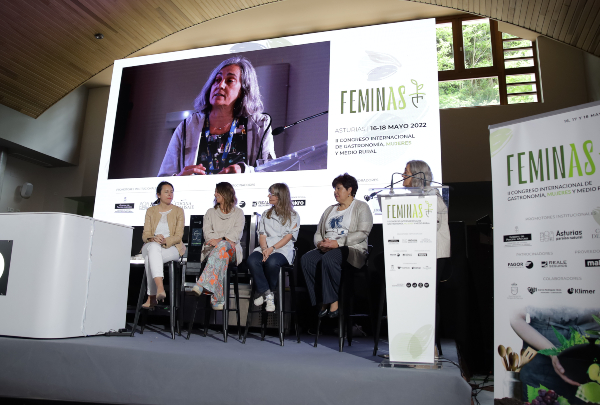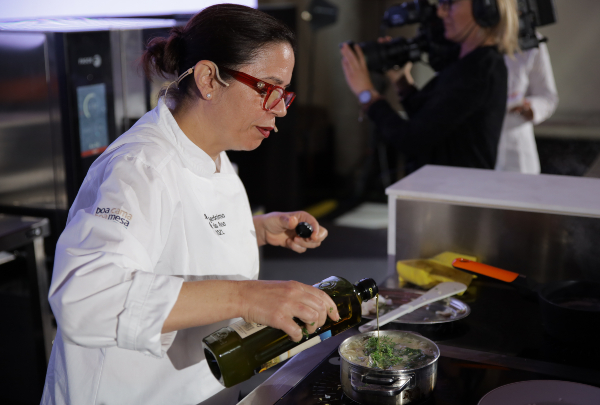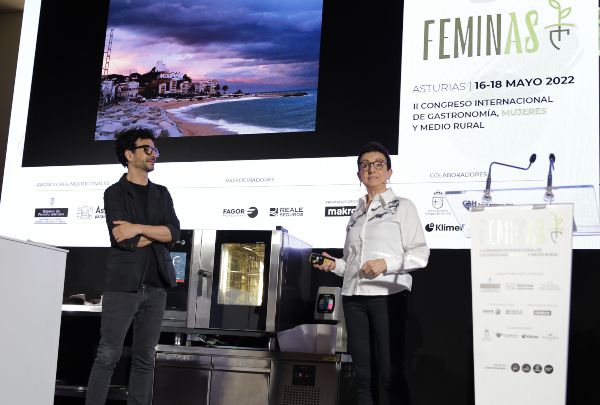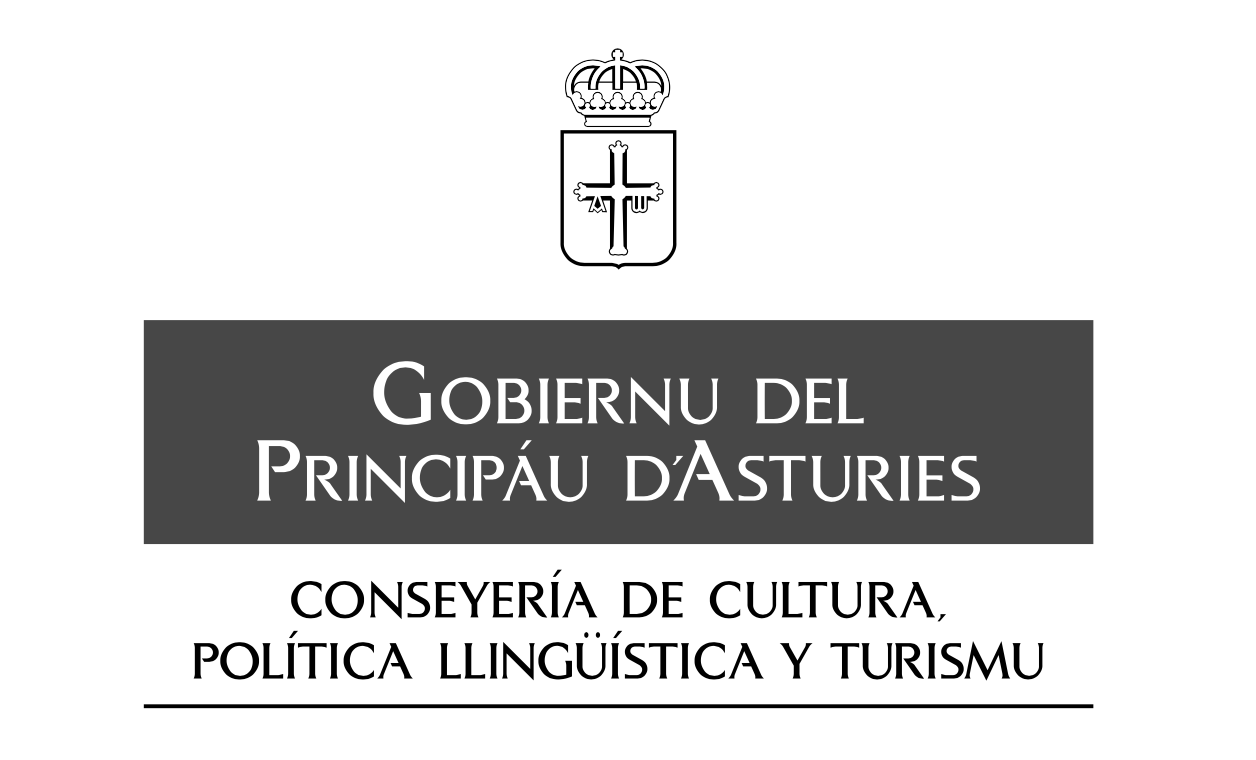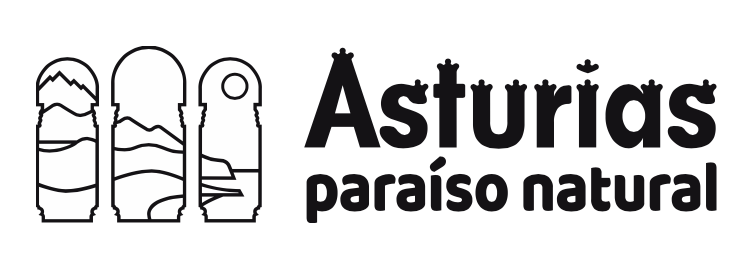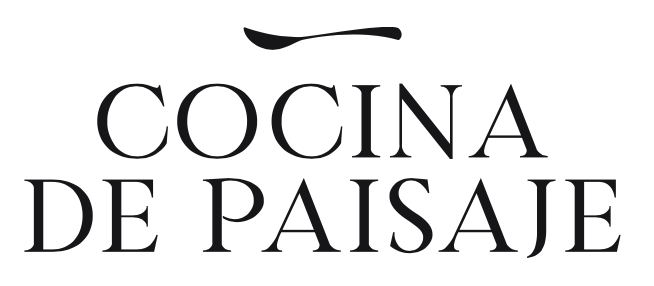News
Honey as a substitute for sugar in pastrymaking
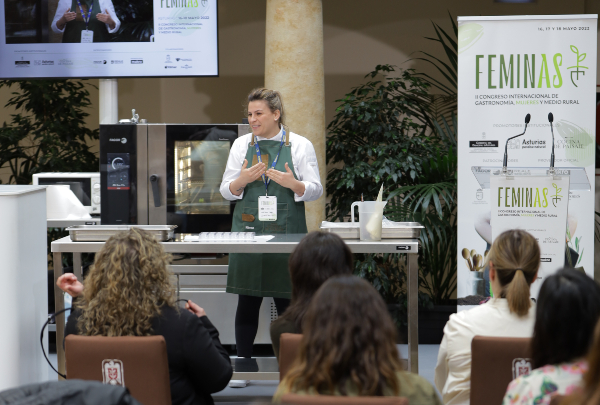
Pastrymaker Fátima Gismero found her source of inspiration in bees, not only to promote her own region, Guadalajara, but also in her work. Her sweets made from honey, cocoa lard and natural colourants served as an example of this.
Revelation pastrymaker last year at Madrid Fusión, Fátima Gismero, shows the results of her work with honey and bees on stage at the congress. “I believe there are many connections between the world of bees and the world of cooking. We both work as a team, and we need some order in our work. The more I study bees, the more they interest me", she claimed. She was keen for the auditorium to share her enthusiasm for her little friends, and used two anecdotes to arouse the curiosity of congress-goers: “Bees make 10,000 trips to produce 1 kg of honey, and during those trips they pollinate not only flowers, but also cereals, for example. In other words, without bees, we would have no cereals”. And another anecdote: "they all come from the same egg, and the only difference compared to the queen bee is their food. Whereas they feed on pollen and royal jelly for three days, the queen bee does this for seven days”. Message received.
Fátima told the congress that the major concerns in the pastrymaking world are durability and texture: “We've noticed that when we partly replace sugar with honey, our products last longer and keep soft over longer periods of time". The ideal option by way of a response to the modern trend in pastrymaking to reduce sugar content in sweets.
The trick, Gismero explained, lies in the properties of honey. “It retains moisture and prevents crystallisation, which are two key aspects of our work”. She admitted that the secret in handling honey is temperature, and one of the handicaps they are working on is how to remove the taste of honey, because it is not to everyone's taste. They are now hard at work in fermentations of the product as an avenue to explore.
As she talks, she makes her honey sweets with cocoa lard, and proffers a few tips to make them perfect. “You have to know that chocolate and cocoa lard melt at different temperatures. One at 40-45º, and the other at 35º. You can work with chocolate at around 28º, and the lard with a difference of two”. When the mixture has been put into the moulds, it is important to shake them up “to remove the bubbles”. The cocoa paste is used to seal every two layers in the mould, and then these are covered with guitar sheets. “When it's covered, I use the spatula on it. That spreads the chocolate over all the gaps, seals it, and no air or impurities can get in". With regard to colour, Fátima told the congress that she definitely used a natural method. “We learned to make our own colourants. The yellow colour in our sweet is a combination of carrot, spinach and a little turmeric".

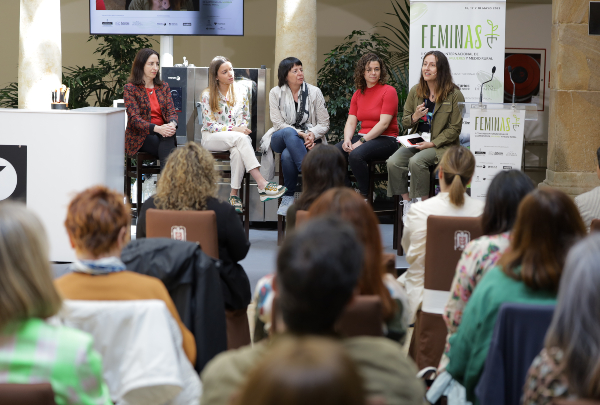
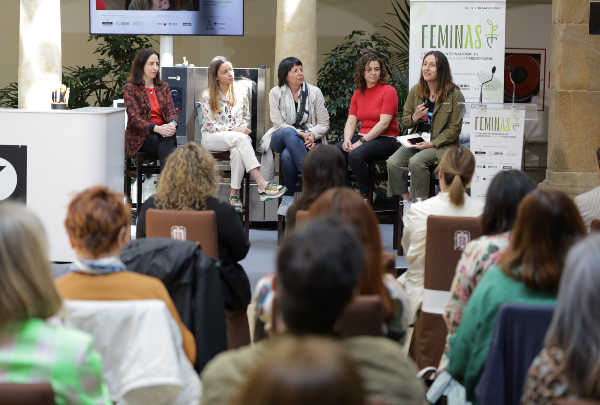
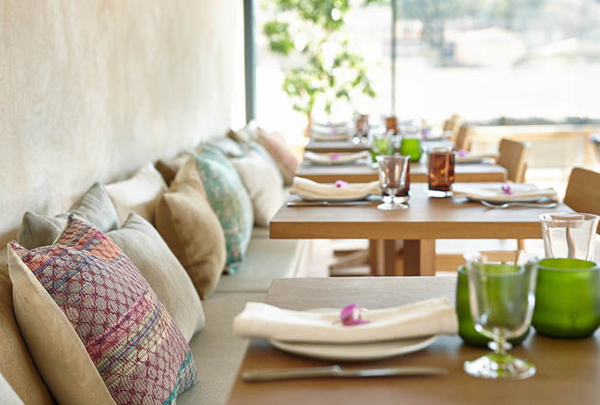
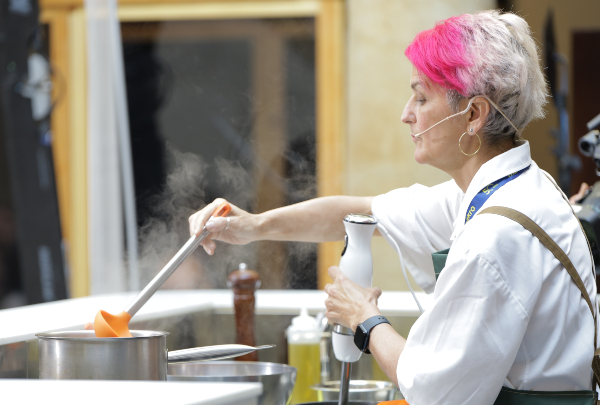
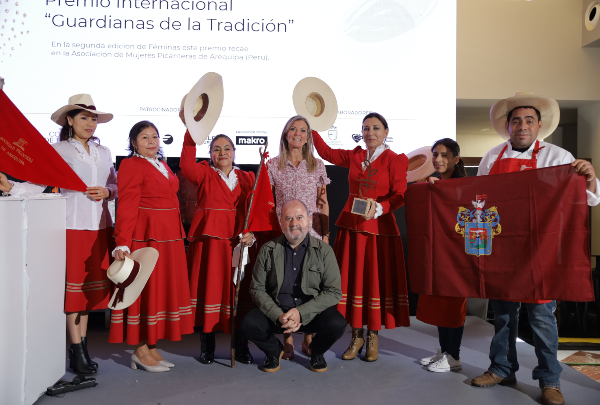
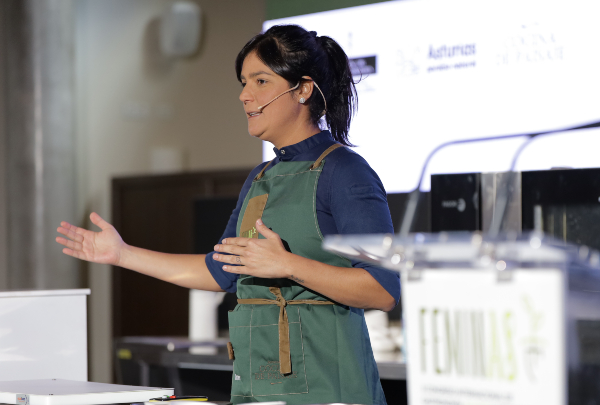
 600.jpg)
